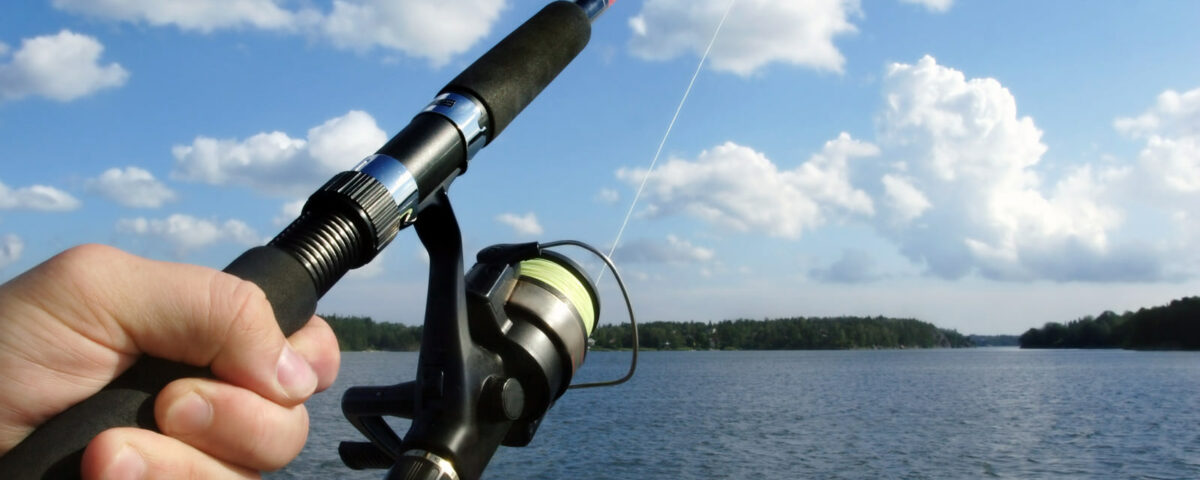
Fishing for Page Views: How Web Users Find Your Site
If you’re new to the world of SEO, it’s understandable that you might think that the name of the game is to get your site to be the very first Google result. Basing your SEO approach on achieving this result when someone types a phrase you want to show up under can be both frustrating and misleading.
Trying to Look at This Through a Different Perspective
Let’s start with a couple of analogies…
A state trooper pulls over a businessman who is speeding down the highway. When confronted with the fact that he was doing well over the speed limit, the businessman keenly stated that he was only going as fast as traffic… if all these other people are speeding as well, why doesn’t he ticket them as well?
Unimpressed, the trooper asked a question of his own. “Sir, you’ve been fishing before, right?” “Well, yes, certainly,” replied the speeder, somewhat confused by the this question.
“Well,” Said the policeman as he finished writing the citation, “you ever catch all the fish?”
You Don’t Have to Catch All the Fish to Succeed
It’s estimated on a daily basis over three billion search queries occur on Google alone. If you look at SEO as going fishing, you’re floating on a sea that is utterly teeming with fish. No matter what size “ship” you go fishing in, with numbers like these, it would be difficult not to catch at least some. However, if you’re catching sharks when you’re really fishing for grouper, all of your efforts are in vain.
Looking at these analogies in the real world; your website is like your boat, the content of each page is the fishing lines, and the keywords are bait. Paying attention to web statistics will let you know if you’ve caught anything.
OK, assuming you can fire up your statistical/analytical program and get a look at the fish you are already bringing onboard, the question is: what are you catching?
Catching the Right Fish
For example, involving a site we made for a manufacturer of machine parts – looking at the stats before we made any changes showed that much of the traffic reaching their site came from searches regarding “metric conversions” and a variety of similar phrases, including “metric to English charts.”
It was akin to a fashion shoe shop showing up in queries for bunion therapy. They’re both related to the foot, but bunion sufferers are probably not the best customers for fashion footwear.
The machine part manufacturer’s website was improperly optimized and was bringing in traffic for the wrong phrases. It was using the wrong bait.
To remedy this, we changed all page titles, page descriptions, metatags, and on-page content to reflect keywords that would be useful to the site. Examining the web statistics today shows this site is being successfully found for searches involving phrases directly related to what they do… phrases like “precision machine products” and “grinding and turning of large parts.”
While the site is not at the top of Google for every keyword that they wanted, the site now is found for hundreds of phrases by thousands of visitors for keywords directly related to the products and services they sell. This is a very difficult concept to overcome, but you need to look at what’s actually happening on the site, not what happens when you type in some word or phrase that you think your site is all about.
SEO: The Job That Never Ends
Whether you caught a record trout or just spent an afternoon with your line in the lake, if your only experience with fishing is a day of casting into the local pond, no experienced angler would ever take you seriously.
Like fishing, SEO is about a lifetime of trips to the lake. It’s about trying out different fishing holes and new baits, gaining a feel for what works and what doesn’t, and listening closely to tips and tricks along the way.
That means staying committed to ensuring your website’s success over time. Even if you are getting good search traffic now, competition, changing trends, and general interest will affect things over time.
We’re Gonna Need a Bigger Boat
As things in the “lake” change, like the species of fish available or even rival fishermen, you may need to take action and change.
Increasing the informational depth of your site by adding new pages and content is like throwing out additional lines and bait.
For example, we work with an attorney’s website that continues to grow over the years with routine additions of articles on bankruptcy, child custody, injury claims, etc. Each of these articles adds a whole new page of content to the site, filled with keywords and phrases that might lead a potential catch to your site based on their query.
(Clicking a search result does not mean the person is going to end up on your homepage! We have seen websites where less than 13% of overall traffic came in on the home page.)
In Review
Perhaps our fishing analogy surprised you, but it really does to describe the concept accurately. Just like fishing, search engine optimization is an ongoing practice, not a one-time event. Like fishing, the more lines (pages) you put out there and the more baits (keywords) you try, the better your odds are at actually catching something. Like fishing, you need to monitor your success and adjust from experience until you catch the kind of fish you want.




